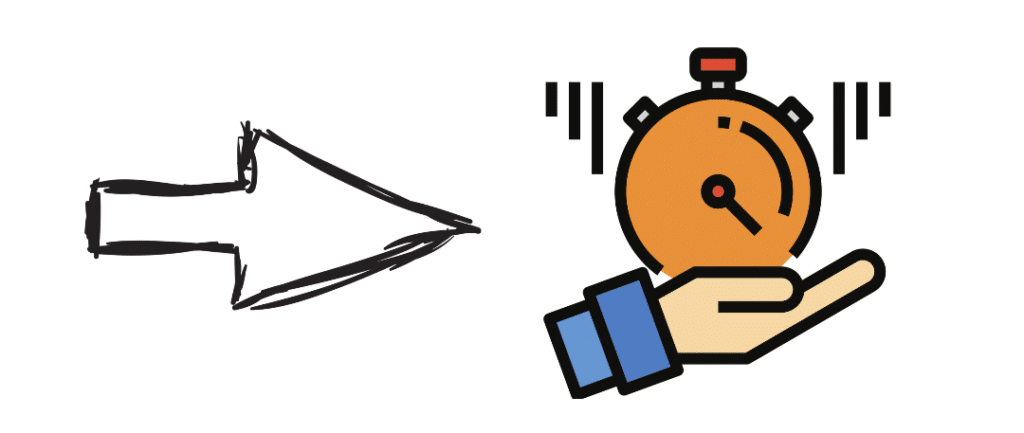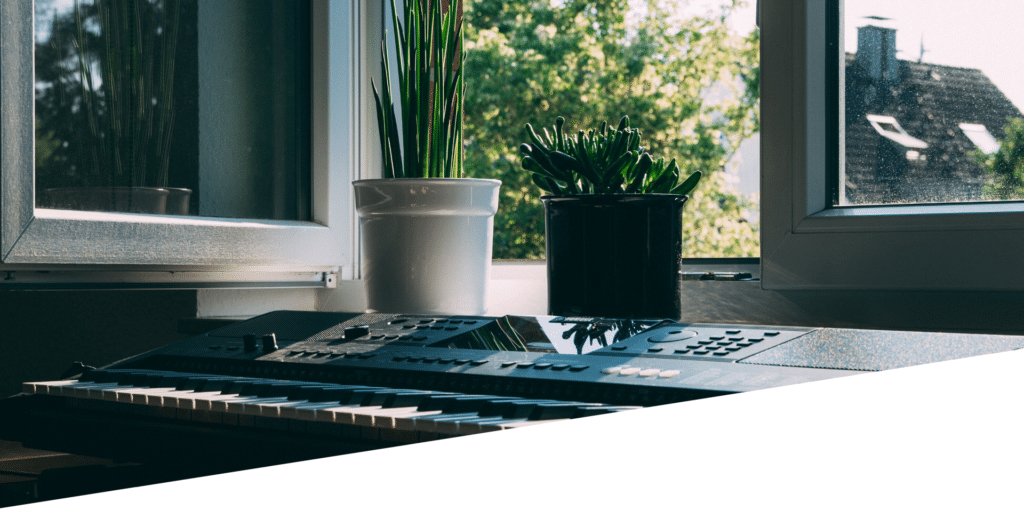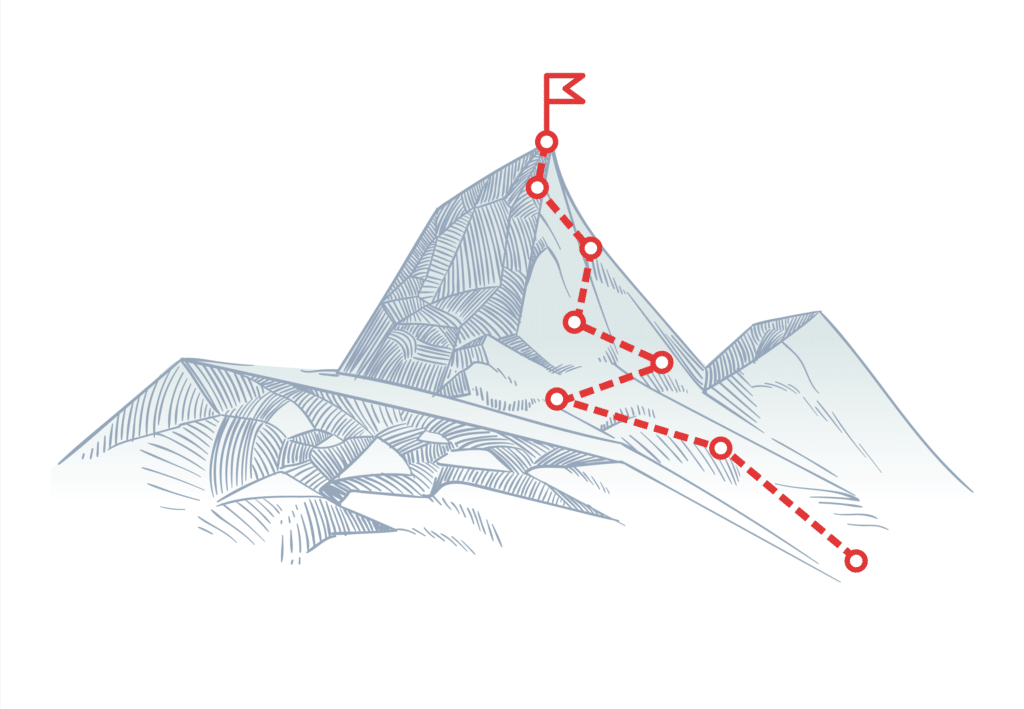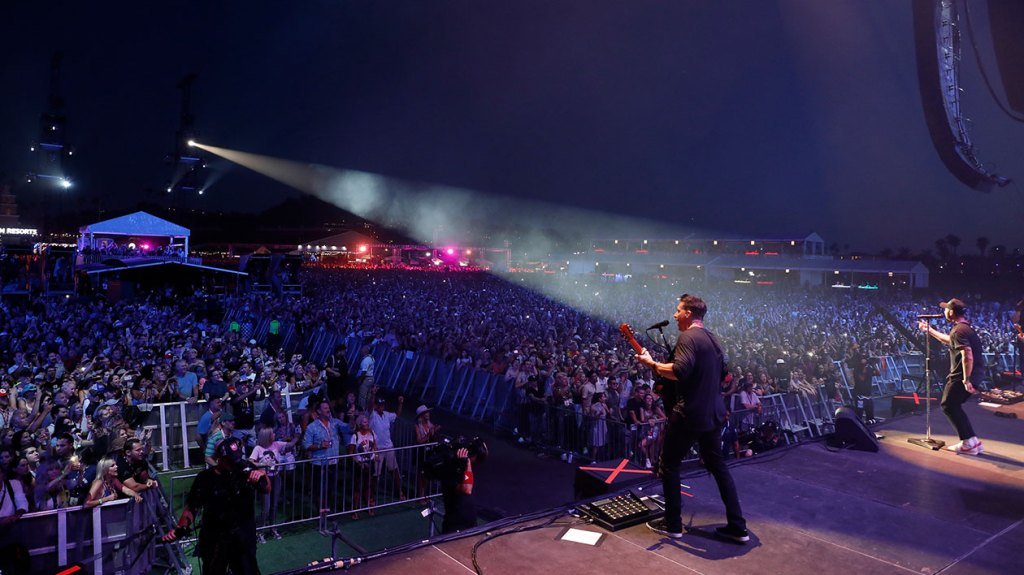Ear fatigue: it’s something every producer will experience. Chances are you’ve experienced it too, even without knowing it.
Though not clinically recognized, ear fatigue occurs after listening to audio for a prolonged period of time. It is usually more prevalent at high volumes.
So what is ear fatigue? And why should you bother learning about it? That’s what we’ll cover in this guide! Together, we’ll look at:
- What ear fatigue is
- The problems it can cause (and why it can mess up your mix!)
- 9 practical tips to remedy it
Ready? Let’s dive in! 👇
So… What is Ear Fatigue? 🤔
Ear fatigue is defined as “a phenomenon that occurs after prolonged exposure to an auditory stimulus”. Symptoms can include:
- Tiredness
- Discomfort
- Pain
- Loss of sensitivity
How does this translate to us, producers? As you ears become tired, you grow less aware of what you’re hearing. Namely:
- It’s harder to accurately listen to what’s happening in your mix. You make poorer decisions, use your tools incorrectly, and ultimately end up with a subpar mix.
- You’re less creative. Sitting down and producing is uncomfortable at this point. You’ll rush, cut corners, or procrastinate.
- You may cause temporary or permanent damage to your ears (no thanks!)
So, now that we know what the problem is, how do we avoid ear fatigue?
Let’s look at 9 practical tips you can put in place today 👇
Tip #1: Lower the Volume to Avoid Ear Fatigue
We all like to crank the volume on our monitors. Especially electronic music producers. It’s just better when it’s loud, isn’t it?
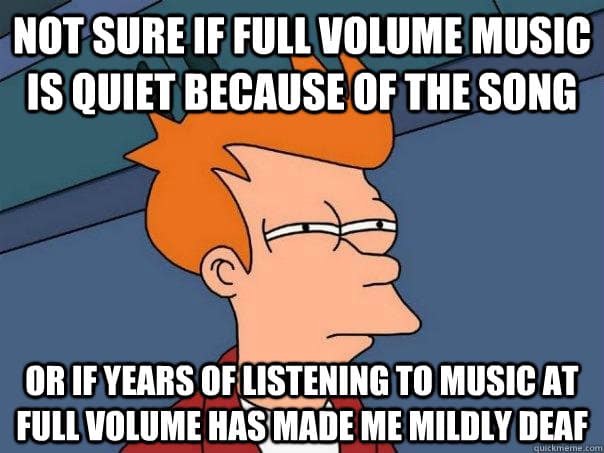
But while it might give a better vibe in the studio, it doesn’t result in a better mix or production. A basic rule of thumb is this:
If you can’t talk comfortably to another human being sitting next to you – it’s too loud.
This doesn’t mean that you shouldn’t occasionally check your mix at a loud volume. But for most of your mixing session, it should be at a reasonable level for two reasons:
- Your ears won’t fatigue as fast
- You’ll be able to judge your mix better (louder music sounds better, psychologically due to loudness bias)
So turn down that volume, protect your ears and save your mixdown!
Tip #2 – Take Regular Breaks From Producing and Mixing
We all know what it’s like to get intensely involved in a production session. Suddenly, you’re in a flow state, and the hours float by. Suddenly, it’s like waking up after a long sleep to see sunlight pouring through the window:

When you’re in a creative flow state, it’s easy to lose track of time. And it’s during these states that you’re most at risk from ear fatigue.
Because you’re in this flow state, you’re likely not to take breaks. And you’re likely turning the volume up subconsciously.
A better approach would be to use a timer. I personally like to mix in 45 minute sessions with a 5-10 minute break in between. Not only does this prevent ear fatigue, but it’s also a great way to improve your mixing
- Every time you come back for a break, you have re-calibrated your ears
- You can listen more objectively
- You’re refreshed and re-energized
Of course, this is not to say you can have longer sessions from time to time. If you’re really feeling a burst of creativity, go for it! But try to keep those longer sessions to a minimum.
Tip #3 – Restrict Your Overall Time
Even if you’re taking regular breaks, there will be a point where you’ve simply been going too long.
If you’re working on arrangement, songwriting, or purely creative work – going over 8 hours a day is probably fine. You don’t need listening objectivity and precision the same way you do with mixing and mastering.
But trying to mix and master for 8+ hours per day isn’t the wisest move. Although you won’t risk any hearing damage if you’re mixing at low volumes, you’ll loose all objectivity. By the end of the day, your ability to listen comfortably and accurately will be greatly diminished.
So to avoid ear fatigue, remember that it’s not a race. Sleep on it and pick up where you left off tomorrow.
Tip #4 – Incorporate Productive “Non-Listening” Work
There’s always some administrative work that needs to be done. After all, being an artist in 2023 is more than just writing music.
Marketing, disk space cleanup, cleaning off your MIDI keyboard… There are a million things that we need to do, but usually push off.
I’m not talking paperwork, signing contracts, or dealing with the “business” side of things (though that can be applied with this particular tip).
Here are a few things to do during your “non-music-production” hours:
- Organizing your sample library for maximum efficiency
- Organizing your project library so you know where everything is
- Deleting old, unused plugins and sample folders
- Cleaning up your computer
- Get your marketing hat on:
- Write a post about your latest release
- Start thinking about how you’ll promote your next single
- Answer those god*mn DMs!
If I’m producing for a long period of time, I’ll incorporate some of this work in the middle of my session to break things up and rest my ears.
Tip #5 – Focus on the Long Game
If you’re anything like me, you have a sense of urgency. You want to finish your mixdown now. Today. You’ll stay up late, sacrifice sleep and health, just to finish your song. I know, I’ve been there.
This seems like a good idea in the moment, but it’s almost always not. Unless you’re in a flow state (in which case, capitalize on it. They don’t come around often).
Instead, set your mind on the long game. You’re an artist. A producer. You’re hopefully going to be making and finishing music for years to come.
Whether you finish your song today or tomorrow is insignificant in the grand scheme of things. It’s better to protect your ears, avoid ear fatigue so you can make music long into the future.
Tip #6 – Use Open-Back Headphones
Over-ear headphones come in two variety: open-back and closed-back.
Open-back headphones are designed to have ventilated ear cups. This means that air is allowed to pass through the outer shell. Many mixing engineers claim that produces a more natural sound.
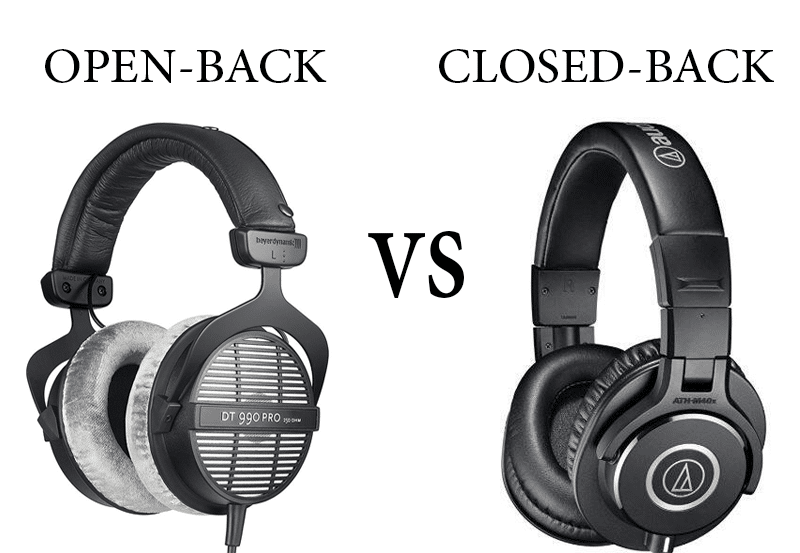
In the case of ear-fatigue, closed-back headphones are considered better. This is because they don’t “trap” your ear, and allow air to pass. This relieves the pressure that can build up on your ears.
Alternatively, you can use speakers. If you’re room is not acoustically treated or your speakers are a bit cheap, you can still use them for songwriting. When it’s actually time to mix down, you can pop on some headphones. This will help keep ear fatigue to a minimum.
Tip #7 – Use Reference Tracks
Likely you’ve heard of reference tracks before.
The idea is to use a finished, mastered, and released track that you want to compare your track’s mix to.
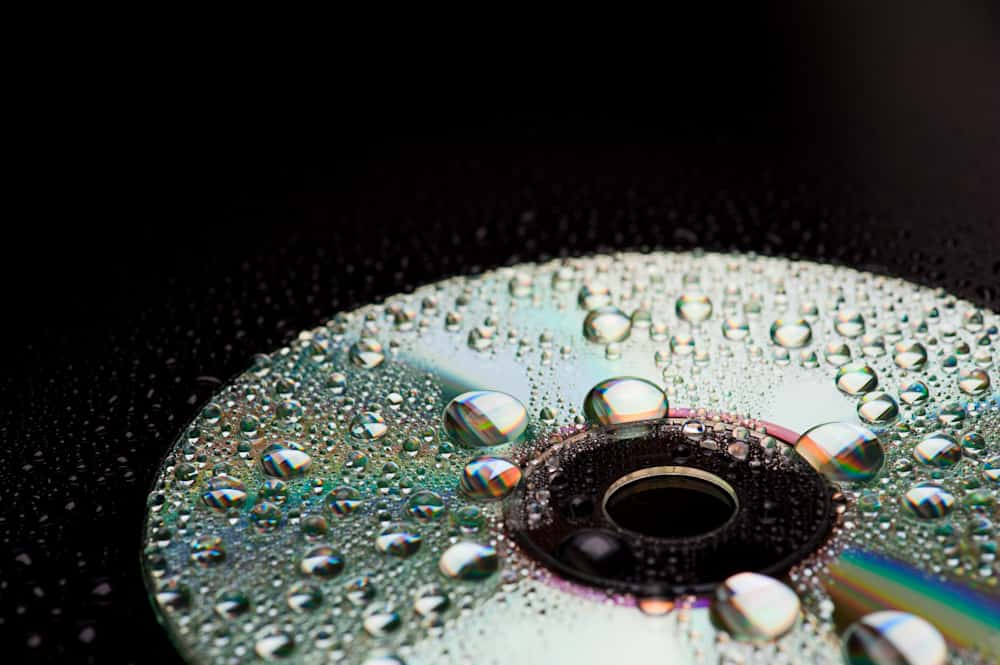
Naturally, it can feel demotivating if you use a reference track too early. Comparing your 4-bar loop to Skrillex’s latest single is not the best idea 😅
However, as you progress, using a reference track is a great way to keep your ears fresh.
Not only will you avoid ear fatigue, but keep a good perspective on your mix. It will also help you identify issues in your mix such as frequency and panning problems.
Reference tracks have a bunch of other advantages too. They can boost your creativity, give you new mixing ideas, understand how to arrange your track. You can even learn new ways to transition between sections!
We cover all of that and more in this dedicated guide over here 😉
A Final Point on Ear Fatigue: Optimize Your Workflow
Ear fatigue is one component of a wider issue: workflow.
If you don’t have a strategy or framework for finishing music consistently without getting fatigued, burned out, or drying up creatively, then it’s time to change that.
Ideally, you have a system that gets you from idea to finished song in a repeatable, reliable way.
I share that system in The Producer’s Guide to Workflow & Creativity (read by thousands of producers).

